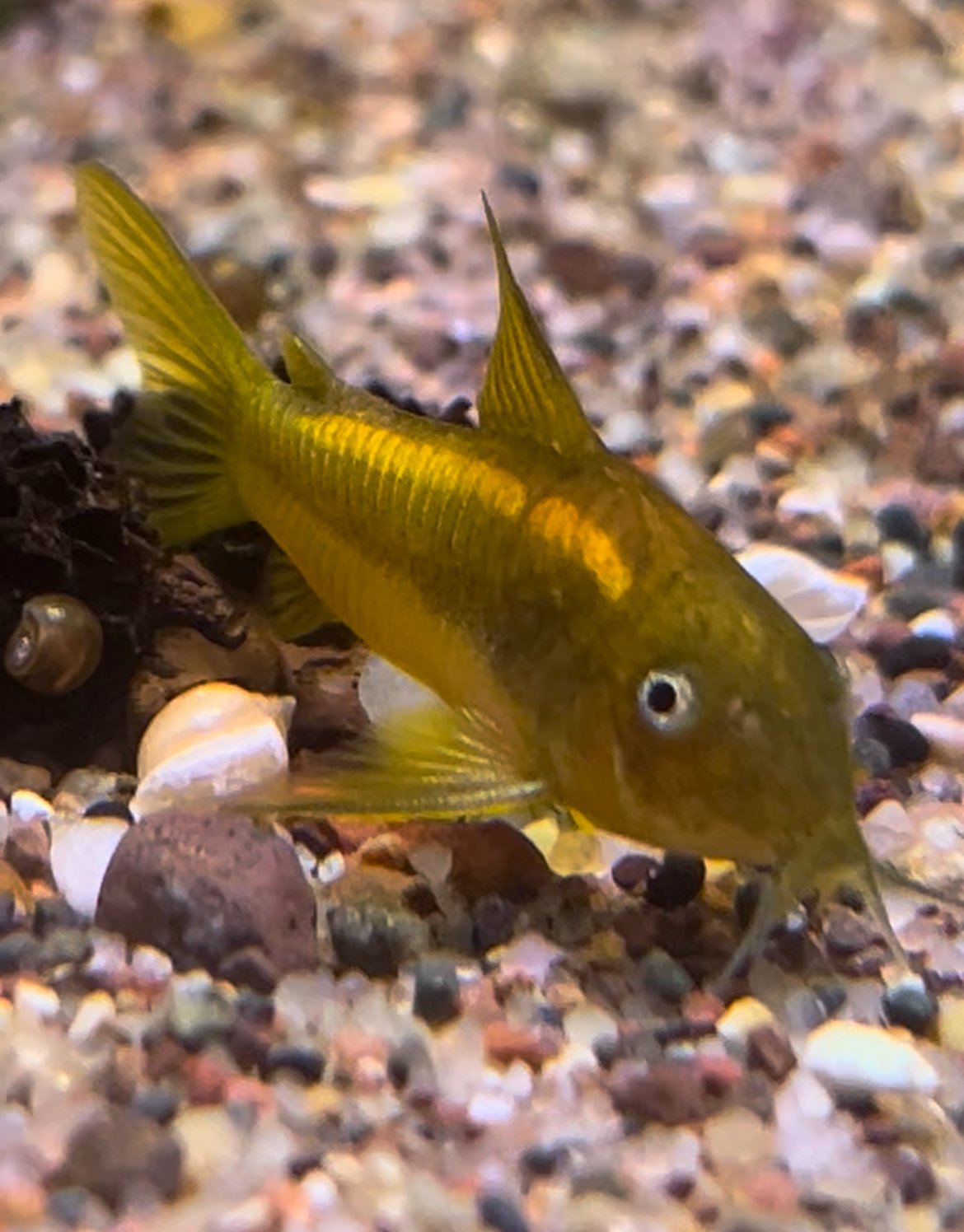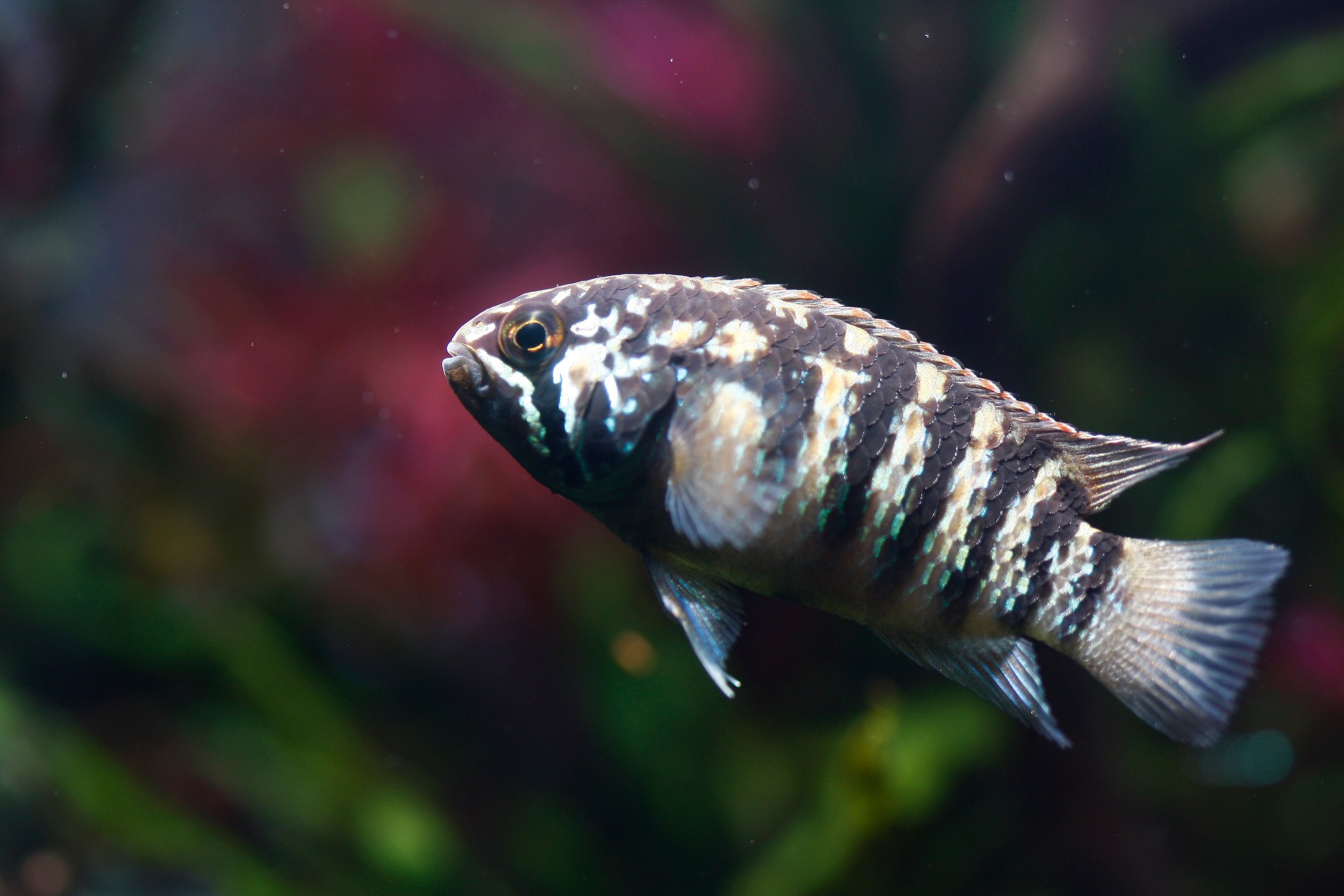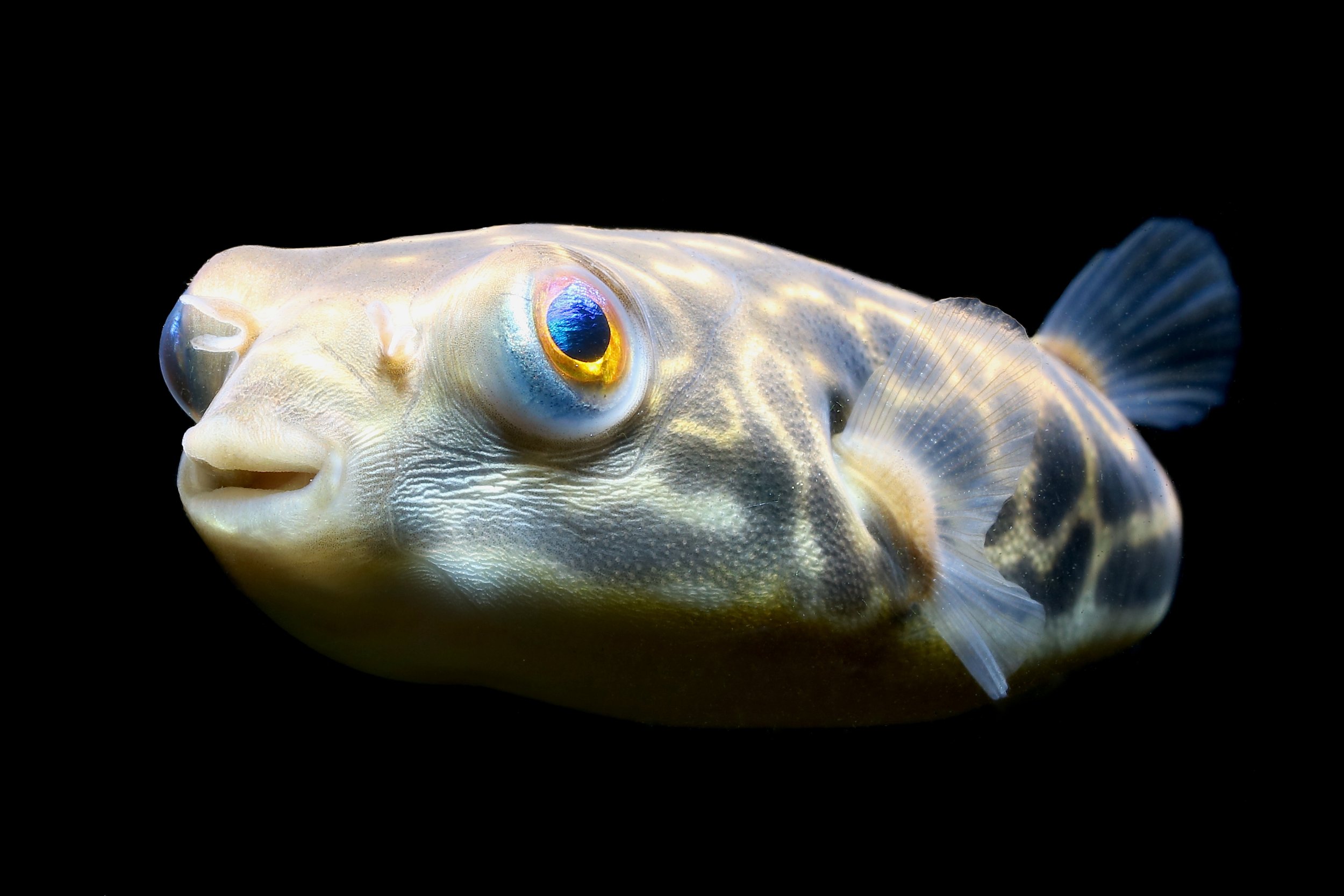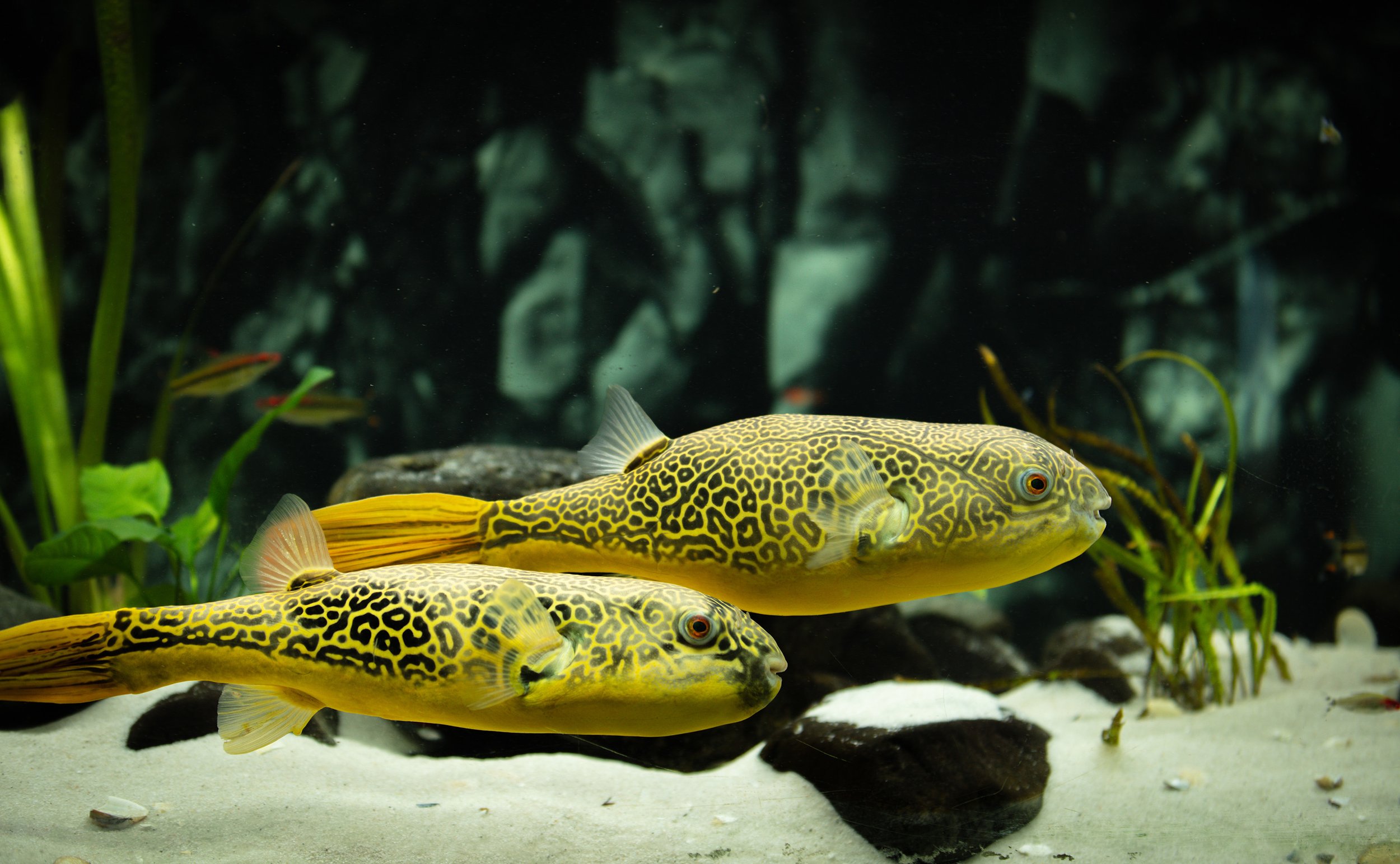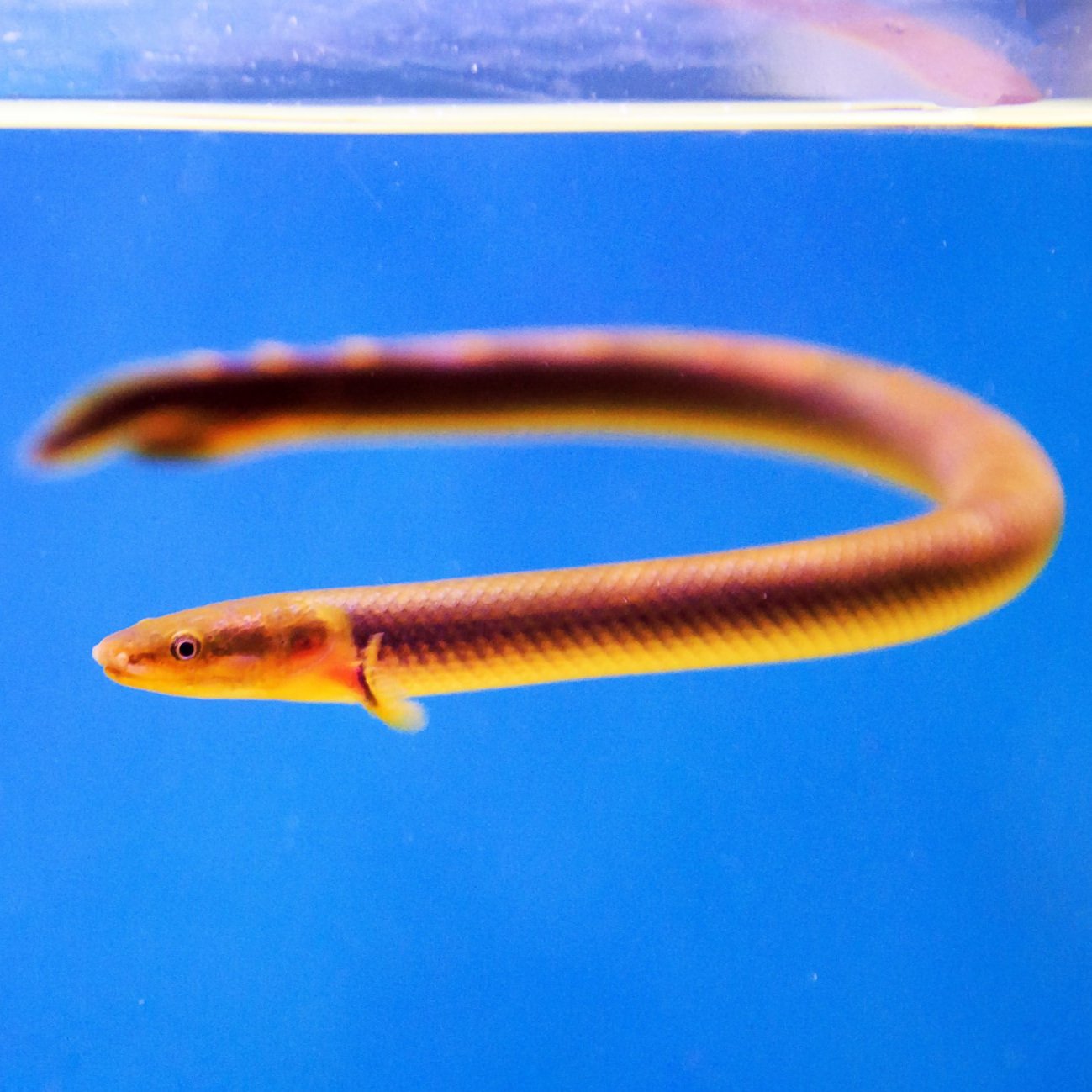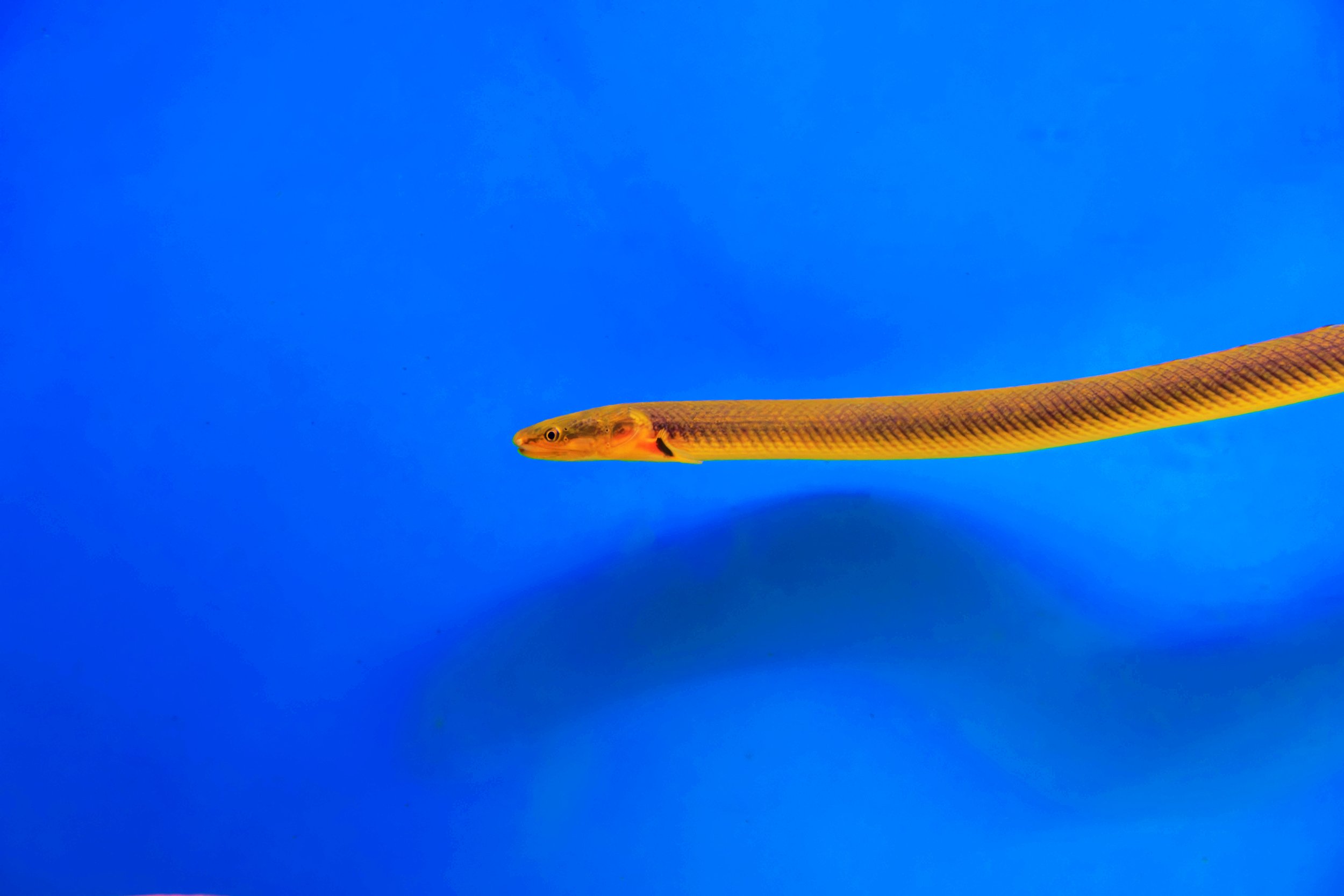 Image 1 of
Image 1 of


Red Dwarf Rasbora
The Red Dwarf Rasbora, scientifically known as Microrasbora rubescens, is a small and elegant freshwater fish native to Inle Lake in Myanmar. Renowned for its striking reddish-pink coloration and peaceful schooling behavior, this species is highly prized among aquarists, especially those with nano tanks or Southeast Asian biotope setups.
Physically, the Red Dwarf Rasbora has a slender, streamlined body that showcases a gradient of vibrant pink to deep red, particularly in males during breeding conditions. Females are slightly less colorful but retain a soft pink hue. Subtle translucent fins and a shimmering appearance under aquarium lighting add to its visual appeal. Adult Red Dwarf Rasboras reach a modest size of about 1.2 inches (3 centimeters), making them ideal for smaller aquariums.
In the aquarium, Red Dwarf Rasboras thrive in groups of at least 8 to 10 individuals, as their schooling behavior promotes natural activity and reduces stress. A tank of at least 10 gallons is suitable for a small group, though larger tanks provide more space for their dynamic swimming patterns. A densely planted setup with fine-leaved plants, driftwood, and floating plants helps replicate their natural environment and enhances their coloration.
Water parameters for Red Dwarf Rasboras should mimic their native habitat in Inle Lake. They prefer slightly alkaline water with a pH range of 7.0 to 8.0 and temperatures between 72 to 78°F (22 to 26°C). Maintaining clear, well-oxygenated water is essential for their health, so regular water changes and good filtration are crucial.
Feeding Red Dwarf Rasboras is straightforward, as they are omnivorous and readily accept a variety of foods. High-quality micro-pellets or flakes make a suitable staple diet, supplemented with live or frozen foods such as daphnia, brine shrimp, and mosquito larvae. Providing a varied diet helps maintain their health and vibrant coloration.
Red Dwarf Rasboras are peaceful fish and ideal tank mates for other small, non-aggressive species. They pair well with other rasboras, tetras, dwarf gouramis, and peaceful bottom-dwellers like Corydoras or small loaches. Avoid keeping them with larger or aggressive fish that might intimidate or prey on them.
Breeding Red Dwarf Rasboras in captivity is possible with a well-planned setup. They are egg scatterers, and spawning can be encouraged by providing soft, acidic to slightly neutral water and a dedicated breeding tank with fine-leaved plants or spawning mops. After spawning, the adults should be removed to prevent them from eating the eggs. The eggs hatch within 24 to 36 hours, and the fry become free-swimming in about three days. Fry can be fed infusoria or finely powdered fry food, transitioning to baby brine shrimp as they grow.
Overall, the Red Dwarf Rasbora (Microrasbora rubescens) is a stunning and peaceful species that adds beauty and activity to any aquarium. Their small size, striking coloration, and adaptability make them a perfect choice for aquarists seeking a unique centerpiece for nano tanks or Southeast Asian-themed aquascapes.
The Red Dwarf Rasbora, scientifically known as Microrasbora rubescens, is a small and elegant freshwater fish native to Inle Lake in Myanmar. Renowned for its striking reddish-pink coloration and peaceful schooling behavior, this species is highly prized among aquarists, especially those with nano tanks or Southeast Asian biotope setups.
Physically, the Red Dwarf Rasbora has a slender, streamlined body that showcases a gradient of vibrant pink to deep red, particularly in males during breeding conditions. Females are slightly less colorful but retain a soft pink hue. Subtle translucent fins and a shimmering appearance under aquarium lighting add to its visual appeal. Adult Red Dwarf Rasboras reach a modest size of about 1.2 inches (3 centimeters), making them ideal for smaller aquariums.
In the aquarium, Red Dwarf Rasboras thrive in groups of at least 8 to 10 individuals, as their schooling behavior promotes natural activity and reduces stress. A tank of at least 10 gallons is suitable for a small group, though larger tanks provide more space for their dynamic swimming patterns. A densely planted setup with fine-leaved plants, driftwood, and floating plants helps replicate their natural environment and enhances their coloration.
Water parameters for Red Dwarf Rasboras should mimic their native habitat in Inle Lake. They prefer slightly alkaline water with a pH range of 7.0 to 8.0 and temperatures between 72 to 78°F (22 to 26°C). Maintaining clear, well-oxygenated water is essential for their health, so regular water changes and good filtration are crucial.
Feeding Red Dwarf Rasboras is straightforward, as they are omnivorous and readily accept a variety of foods. High-quality micro-pellets or flakes make a suitable staple diet, supplemented with live or frozen foods such as daphnia, brine shrimp, and mosquito larvae. Providing a varied diet helps maintain their health and vibrant coloration.
Red Dwarf Rasboras are peaceful fish and ideal tank mates for other small, non-aggressive species. They pair well with other rasboras, tetras, dwarf gouramis, and peaceful bottom-dwellers like Corydoras or small loaches. Avoid keeping them with larger or aggressive fish that might intimidate or prey on them.
Breeding Red Dwarf Rasboras in captivity is possible with a well-planned setup. They are egg scatterers, and spawning can be encouraged by providing soft, acidic to slightly neutral water and a dedicated breeding tank with fine-leaved plants or spawning mops. After spawning, the adults should be removed to prevent them from eating the eggs. The eggs hatch within 24 to 36 hours, and the fry become free-swimming in about three days. Fry can be fed infusoria or finely powdered fry food, transitioning to baby brine shrimp as they grow.
Overall, the Red Dwarf Rasbora (Microrasbora rubescens) is a stunning and peaceful species that adds beauty and activity to any aquarium. Their small size, striking coloration, and adaptability make them a perfect choice for aquarists seeking a unique centerpiece for nano tanks or Southeast Asian-themed aquascapes.
The Red Dwarf Rasbora, scientifically known as Microrasbora rubescens, is a small and elegant freshwater fish native to Inle Lake in Myanmar. Renowned for its striking reddish-pink coloration and peaceful schooling behavior, this species is highly prized among aquarists, especially those with nano tanks or Southeast Asian biotope setups.
Physically, the Red Dwarf Rasbora has a slender, streamlined body that showcases a gradient of vibrant pink to deep red, particularly in males during breeding conditions. Females are slightly less colorful but retain a soft pink hue. Subtle translucent fins and a shimmering appearance under aquarium lighting add to its visual appeal. Adult Red Dwarf Rasboras reach a modest size of about 1.2 inches (3 centimeters), making them ideal for smaller aquariums.
In the aquarium, Red Dwarf Rasboras thrive in groups of at least 8 to 10 individuals, as their schooling behavior promotes natural activity and reduces stress. A tank of at least 10 gallons is suitable for a small group, though larger tanks provide more space for their dynamic swimming patterns. A densely planted setup with fine-leaved plants, driftwood, and floating plants helps replicate their natural environment and enhances their coloration.
Water parameters for Red Dwarf Rasboras should mimic their native habitat in Inle Lake. They prefer slightly alkaline water with a pH range of 7.0 to 8.0 and temperatures between 72 to 78°F (22 to 26°C). Maintaining clear, well-oxygenated water is essential for their health, so regular water changes and good filtration are crucial.
Feeding Red Dwarf Rasboras is straightforward, as they are omnivorous and readily accept a variety of foods. High-quality micro-pellets or flakes make a suitable staple diet, supplemented with live or frozen foods such as daphnia, brine shrimp, and mosquito larvae. Providing a varied diet helps maintain their health and vibrant coloration.
Red Dwarf Rasboras are peaceful fish and ideal tank mates for other small, non-aggressive species. They pair well with other rasboras, tetras, dwarf gouramis, and peaceful bottom-dwellers like Corydoras or small loaches. Avoid keeping them with larger or aggressive fish that might intimidate or prey on them.
Breeding Red Dwarf Rasboras in captivity is possible with a well-planned setup. They are egg scatterers, and spawning can be encouraged by providing soft, acidic to slightly neutral water and a dedicated breeding tank with fine-leaved plants or spawning mops. After spawning, the adults should be removed to prevent them from eating the eggs. The eggs hatch within 24 to 36 hours, and the fry become free-swimming in about three days. Fry can be fed infusoria or finely powdered fry food, transitioning to baby brine shrimp as they grow.
Overall, the Red Dwarf Rasbora (Microrasbora rubescens) is a stunning and peaceful species that adds beauty and activity to any aquarium. Their small size, striking coloration, and adaptability make them a perfect choice for aquarists seeking a unique centerpiece for nano tanks or Southeast Asian-themed aquascapes.

